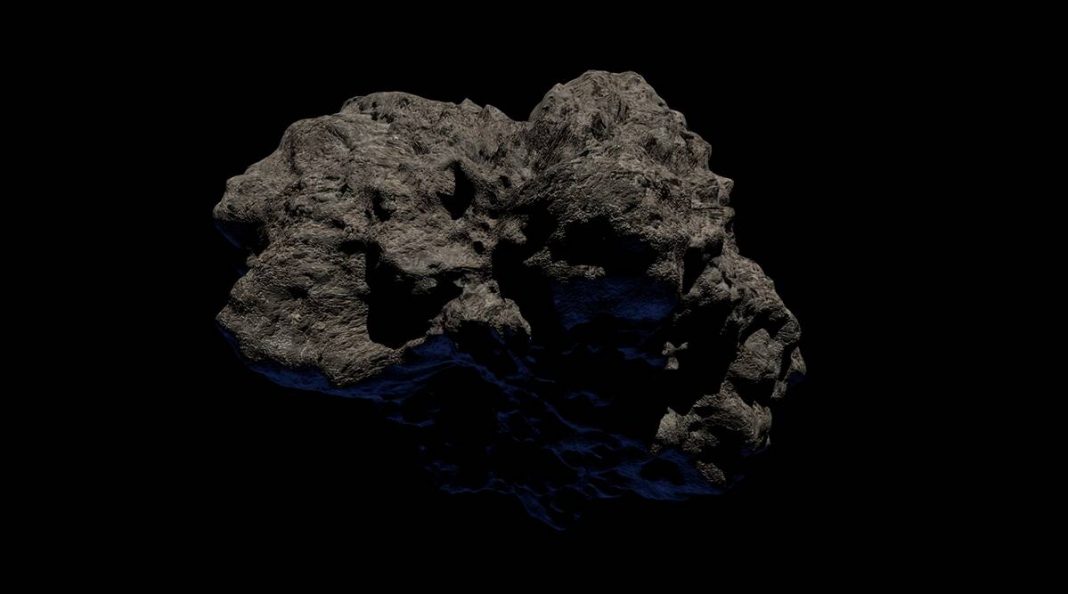To test the operational readiness of planetary defence systems, researchers sometimes use a real asteroid’s close approach as a mock encounter with a new potentially hazardous asteroid. The lessons learnt from these mock exercises could help limit or even prevent global devastation if such a situation actually arises in the future. Scientists used the infamous asteroid 99942 Apophis for this purpose.
Named after the ancient Egyptian god of chaos and darkness, Apophis was discovered in 2004. It was soon identified as one of the most hazardous asteroids that could impact Earth. In fact, the near-Earth object was thought to pose a slight risk of impacting Earth in 2068, but radar observations have ruled that out. As astronomers tracked Apophis better, they ruled out the possibility of risk from the asteroid for at least 100 more years.
More than 100 astronomers from around the world were part of such an exercise last year, in which a large, known and potentially hazardous asteroid was essentially removed from the planetary defence-monitoring database to see whether it would be detected by the system anew. Not only was Apophis “rediscovered” during the exercise, but its chances of hitting our planet were continually reassessed as it was tracked and the possibility of impact was ruled out.
The exercise was coordinated by the International Asteroid Warning Network (IAWN) and NASA’s Planetary Coordination Office (PDCO). It confirmed that the international planetary defence community can act swiftly to identify and assess the hazard posed by a new near-Earth asteroid discovery. The researchers have documented the study in an article titled, “Apophis Planetary Defense Campaign,” published in The Planetary Science Journal.
Best of Express Premium
 Premium
Premium Premium
Premium Premium
Premium Premium
PremiumThe researchers knew that Apophis would approach Earth in early December 2020. But the Minor Planet Centre (MPC), an internationally recognised clearinghouse for the position measurements of small celestial bodies, pretended that it was an unknown asteroid by preventing new observations of Apophis from being connected with previous observations. This was done to make the exercise more realistic and meant that astronomical surveys had no prior record of Apophis.
On December 4, 2020, the asteroid began to brighten. This made it possible for the Catalina Sky Survey in Arizona to make the first detection, which then reported it to the Minor Planetary Center. Since previous records were blocked, Apophis was logged as a brand-new detection. The Hawaii-based Asteroid Terrestrial-impact Last Alert System (ATLAS) and Panoramic Survey Telescope and Rapid Response System. (Pan-STARRS) followed soon with their reports.
As the asteroid drifted into the field of view of NASA’s Near-Earth Object Wide-field Infrared Survey Explorer (NEOWISE) mission, the MPC linked its observations with those made by ground-based survey telescopes to show the asteroid’s motion through the sky. It then announced the “discovery of a new asteroid” on December 23.
“Even though we knew that, in reality, Apophis was not impacting Earth in 2029, starting from square one – with only a few days of astrometric data from survey telescopes – there were large uncertainties in the object’s orbit that theoretically allowed an impact that year,” said Davide Farnocchia, a navigation engineer at NASA’s Jet Propulsion Laboratory (JPL), in a press statement.
As Apophis made a close approach to earth in March 2021, JPL astronomers used NASA’s 70-meter Goldstone Solar System Radar in California to image and precisely measure the asteroid’s velocity and distance. Astronomers combined these observations with measurements from other observatories to rule out a 2029 impact for the purpose of the exercise.
